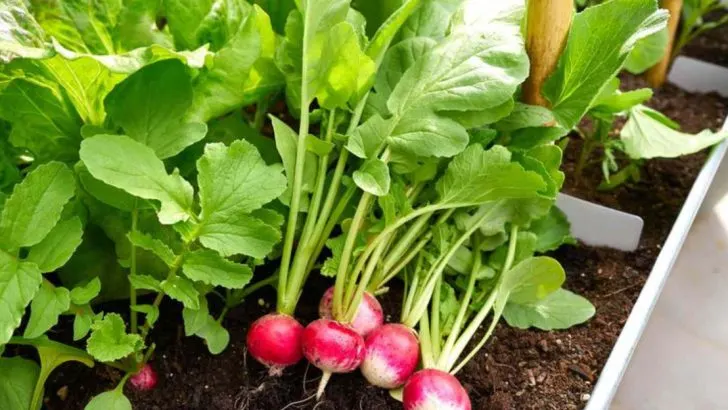Boost your spinach harvest with these 15 best companion plants that naturally deter pests and promote healthy growth. From herbs to vegetables, these plant pairings will help you cultivate a thriving, chemical-free garden.
Radishes
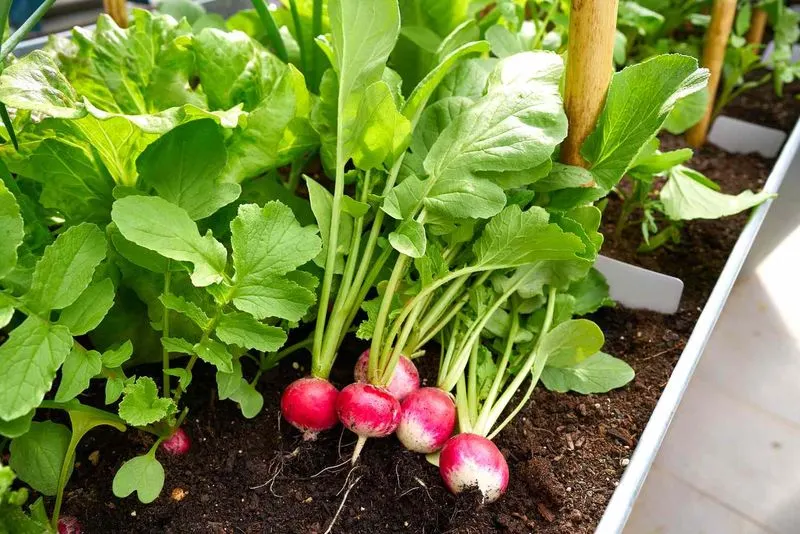
Incorporating radishes in your garden can deter pests from your spinach. They attract flea beetles away from spinach leaves, acting as a decoy. Planting these root vegetables doesn’t just help manage pests; it provides a quick harvest option.
Their rapid growth means you can enjoy fresh radishes in just a few weeks. Moreover, their presence can improve the soil structure, benefiting the spinach directly. By harvesting radishes regularly, gardeners can maintain soil health and continue to ward off unwanted insects efficiently.
Basil
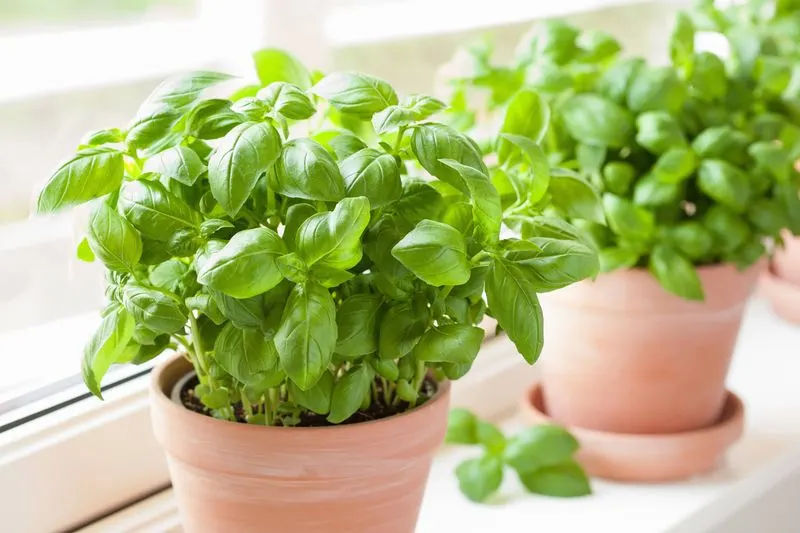
Basil is known for its aromatic properties, which naturally repel a variety of garden pests. Its strong scent confuses aphids and other insects, making it a protective neighbor for spinach.
Beyond pest control, basil encourages a thriving garden ecosystem by attracting beneficial insects. For those who love culinary herbs, basil offers the added benefit of fresh flavors right at your fingertips.
This combination of pest deterrent and culinary delight makes basil an excellent companion plant choice for any spinach grower.
Garlic
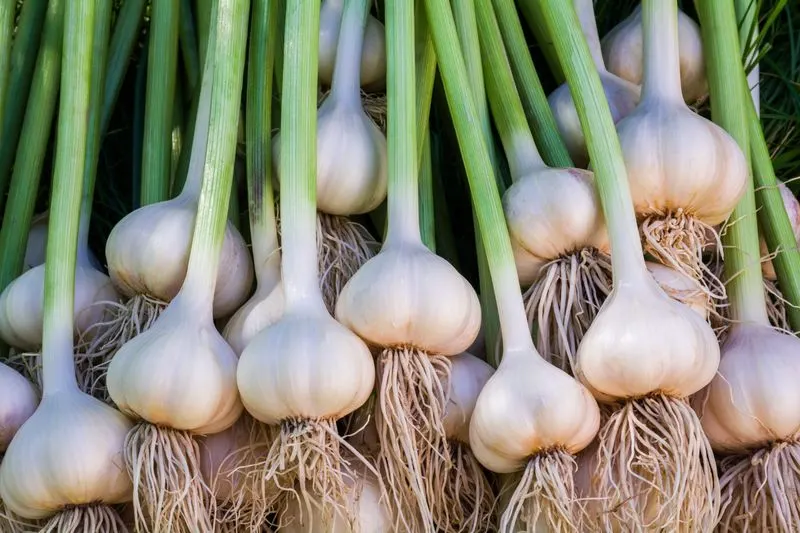
Garlic plants emit sulfur compounds that effectively repel common pests like aphids and spider mites. When planted near spinach, garlic acts as a natural barrier, shielding the leafy greens from potential harm.
Aside from its protective qualities, garlic is easy to grow and requires minimal maintenance. It matures quietly in the background while lending its protective properties to neighboring plants.
For gardeners interested in multitasking plants, garlic’s dual role as a pest deterrent and a flavorful kitchen staple is hard to beat.
Chives
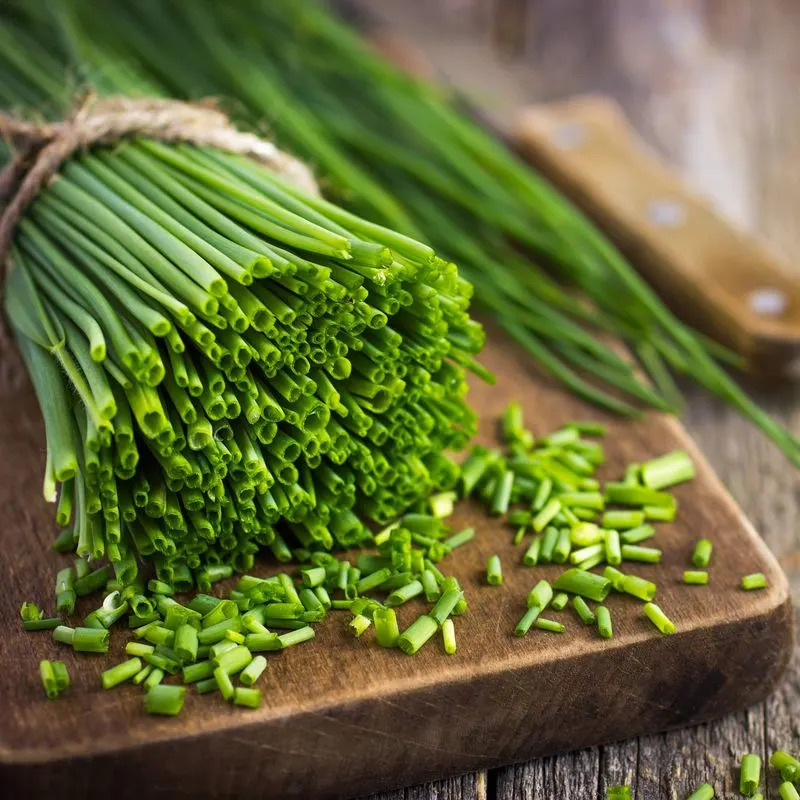
With their mild onion scent, chives serve as a natural insect repellent, keeping your spinach safe from aphid invasions. These hardy perennials thrive alongside spinach, requiring similar care and conditions.
Chives not only protect but also enhance your garden’s visual appeal with their lovely purple flowers. These blossoms attract beneficial insects, further bolstering your garden’s defenses.
By integrating chives into your planting strategy, you can enjoy both aesthetic and protective benefits, enhancing the overall health and beauty of your garden.
Marigolds
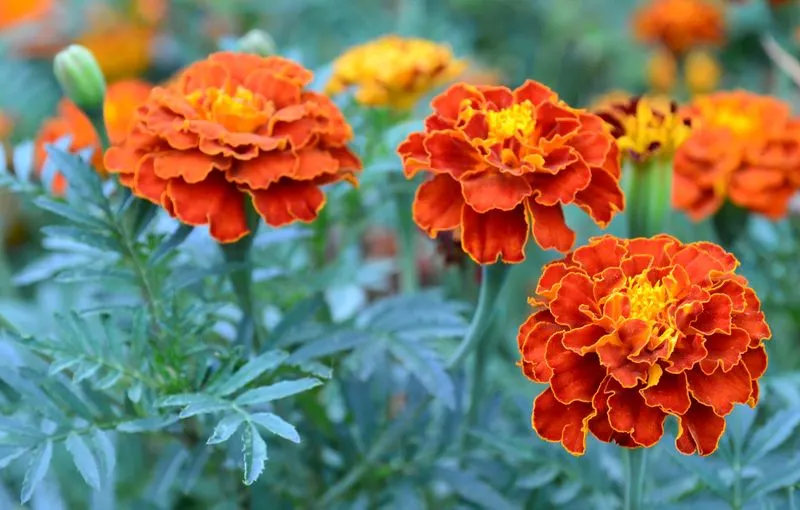
Renowned for their vibrant color and pest-repelling capabilities, marigolds are a gardener’s best friend when it comes to protecting spinach. Their scent wards off nematodes and other detrimental insects.
These flowers are more than just a visual delight; they play a crucial role in integrated pest management. Marigolds are easy to grow and can thrive in various soil types, making them versatile additions to any garden.
Incorporating marigolds enhances both the beauty and health of your spinach crop, ensuring a bountiful harvest.
Nasturtiums
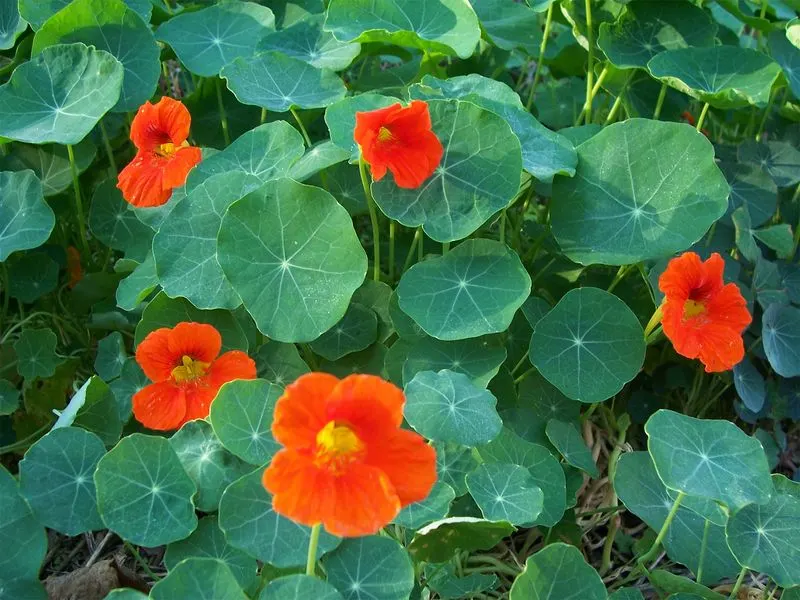
Nasturtiums act as a natural trap crop, luring aphids away from spinach. Their eye-catching flowers serve a dual purpose—attracting beneficial insects while also keeping pests distracted.
These plants are not only functional but also edible, providing peppery leaves and flowers for culinary use. Nasturtiums thrive in less-than-ideal soils, offering gardeners flexibility in planting locations.
By planting nasturtiums, you create a vibrant and protective environment for your spinach, enhancing garden biodiversity.
Cilantro
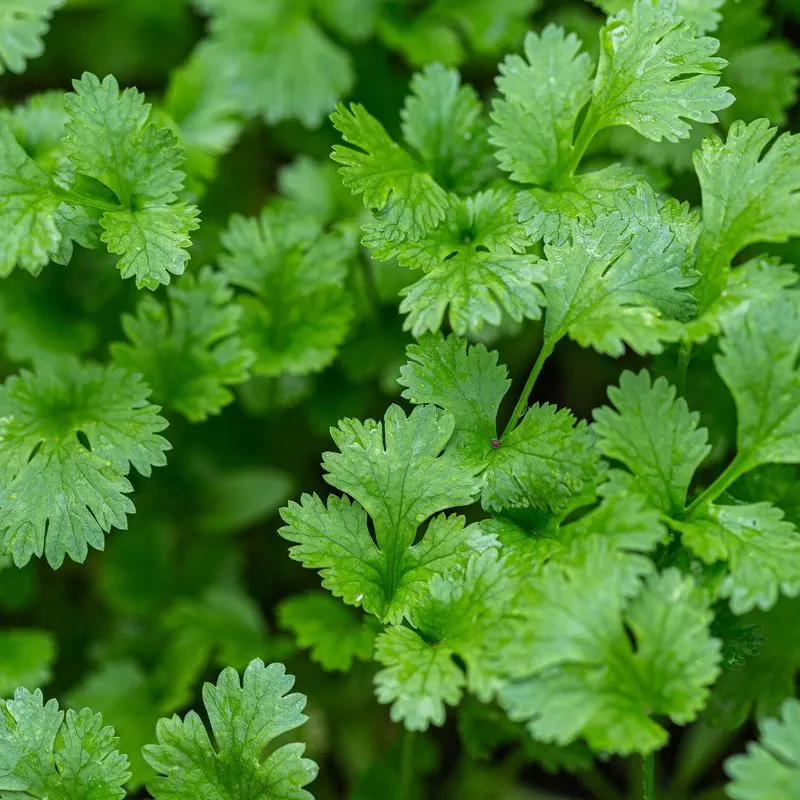
Cilantro’s distinct aroma confuses and repels harmful insects, making it an excellent companion for spinach. Its presence can deter aphids, spider mites, and even beetles.
In addition, cilantro attracts beneficial insects such as ladybugs, which further protect your garden. This herb is low-maintenance and can grow in partial shade, aligning perfectly with spinach’s needs.
Using cilantro in your garden strategy not only wards off pests but also provides fresh herbs for culinary use, making it a winning choice for gardeners.
Thyme
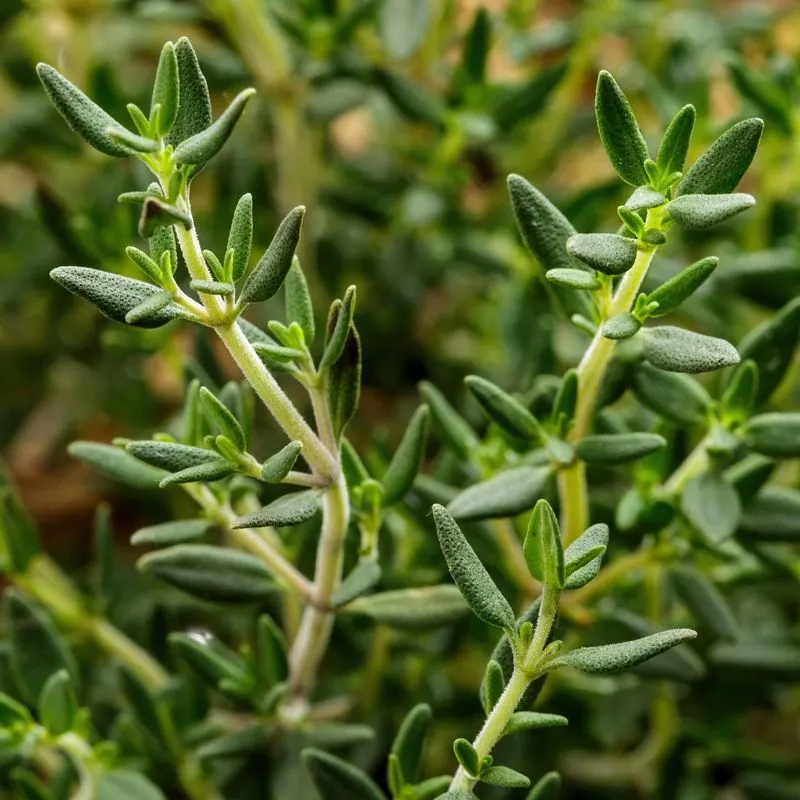
Thyme’s aromatic nature makes it a formidable ally against pests like cabbage worms and whiteflies. When paired with spinach, it creates a scented barrier that pests find unappealing.
The herb’s low-growing habit means it won’t compete with spinach for sunlight or space, allowing both plants to flourish. Thyme is easy to maintain and thrives in well-drained soil, making it a practical choice for busy gardeners.
Incorporating thyme into your garden not only protects spinach but also provides flavorful herbs for your kitchen adventures.
Onions
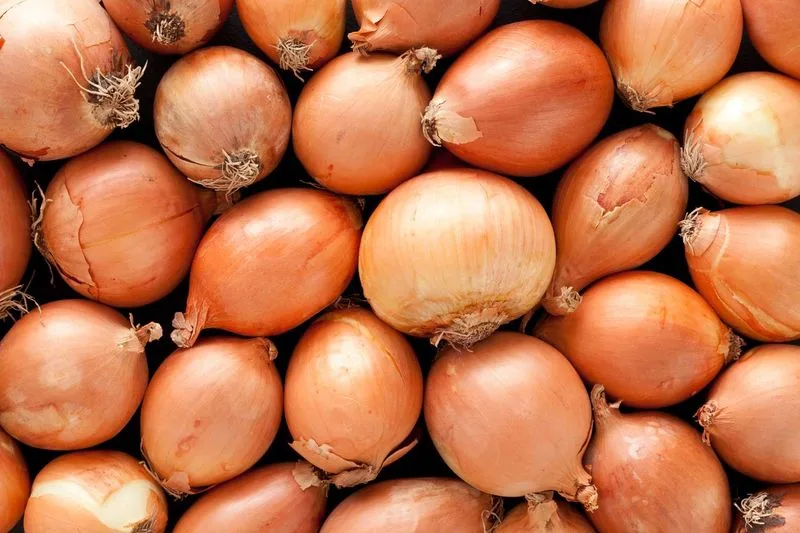
Planting onions near spinach can significantly reduce pest issues, as their strong scent deters aphids and other harmful insects. Onions are easy to grow and require similar soil conditions to spinach, making them compatible companions.
These plants mature at different rates, allowing you to harvest them at various times, ensuring a continuous supply of fresh produce. Onions also improve the garden’s biodiversity, benefiting overall plant health.
Using onions as a companion plant enhances your garden’s defense against pests and supports a thriving spinach crop.
Calendula
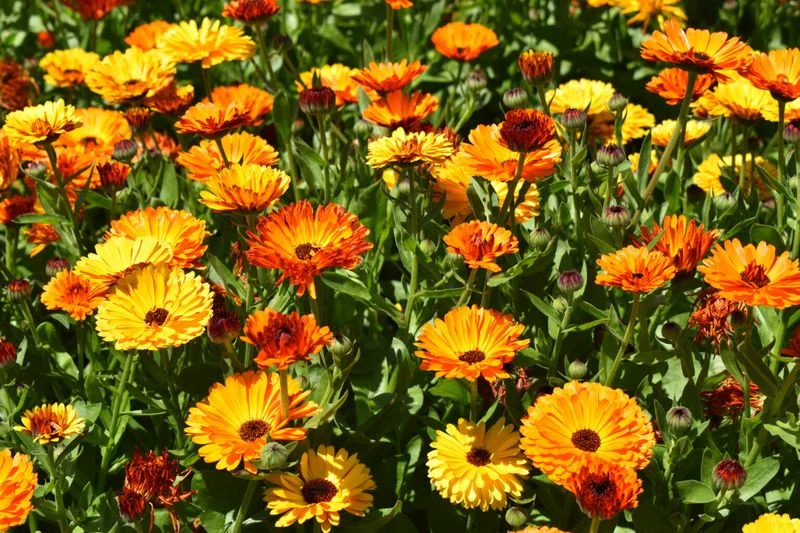
Calendula, with its cheerful blooms, is a natural pest deterrent that complements spinach well. Its flowers attract beneficial insects like bees and ladybugs, which help keep pest populations under control.
Their presence also adds a splash of color, making your garden more inviting and vibrant. Calendula is easy to grow and prefers well-drained soil, aligning with spinach’s growing needs.
By integrating calendula into your garden design, you enhance both the visual appeal and health of your spinach plants, ensuring a thriving garden.
Peas
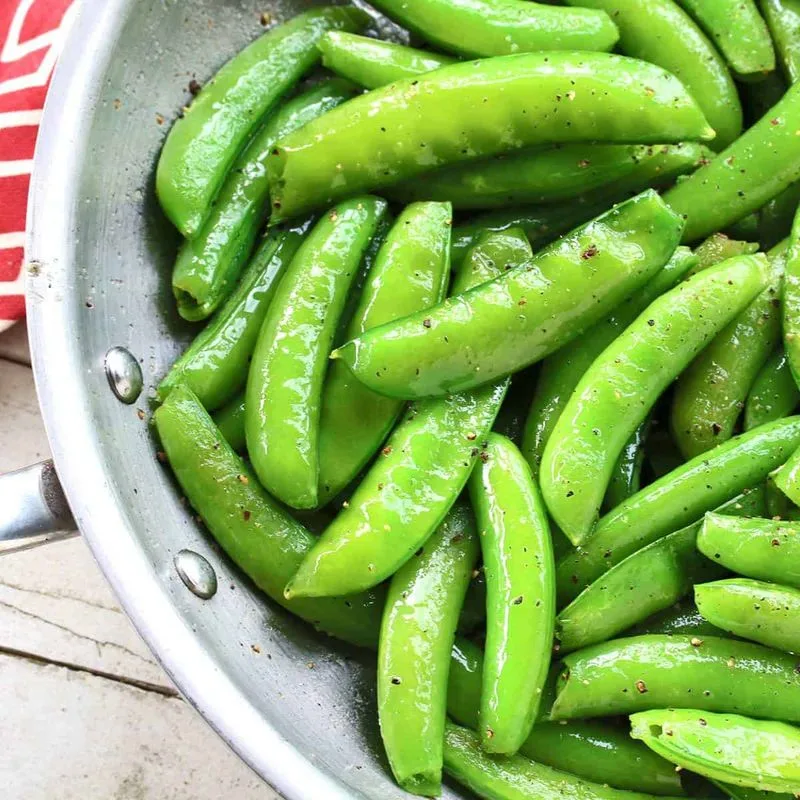
Peas not only support spinach with their nitrogen-fixing ability but also help in deterring pests. They can be grown alongside spinach without competing for resources.
These legumes enhance soil fertility by fixing nitrogen, providing essential nutrients to spinach. By growing peas, you ensure a healthier spinach crop and reduce the need for chemical fertilizers.
Incorporating peas is a strategic choice that fosters a sustainable garden environment, supporting both plant growth and pest management.
Mint
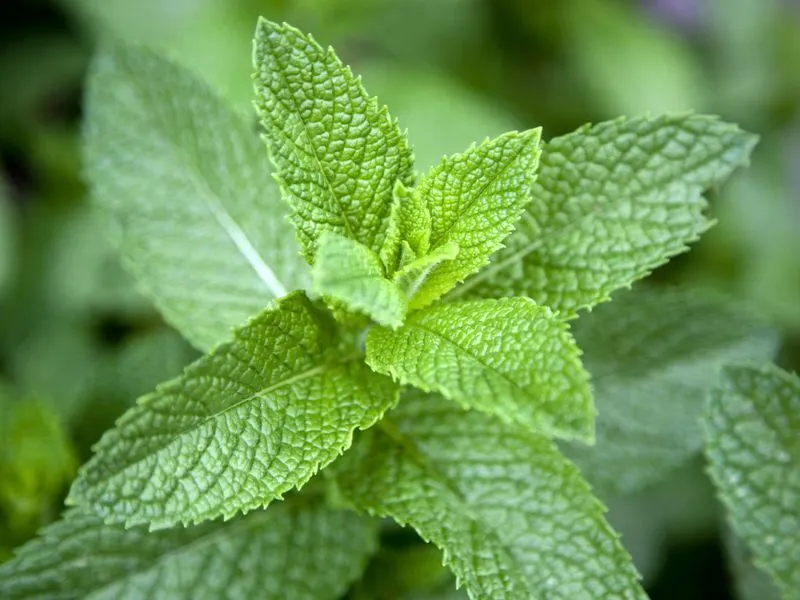
Mint is celebrated for its powerful scent, which can deter pests like ants and aphids from spinach. Its rapid growth and spreading habit mean it needs careful management to prevent it from overtaking the garden.
Despite this, mint’s benefits outweigh the challenges, as it provides a natural defense for spinach while offering fresh leaves for culinary use. Consider growing mint in containers to control its spread.
By managing mint effectively, you can enjoy its protective qualities without compromising your garden’s balance.
Borage
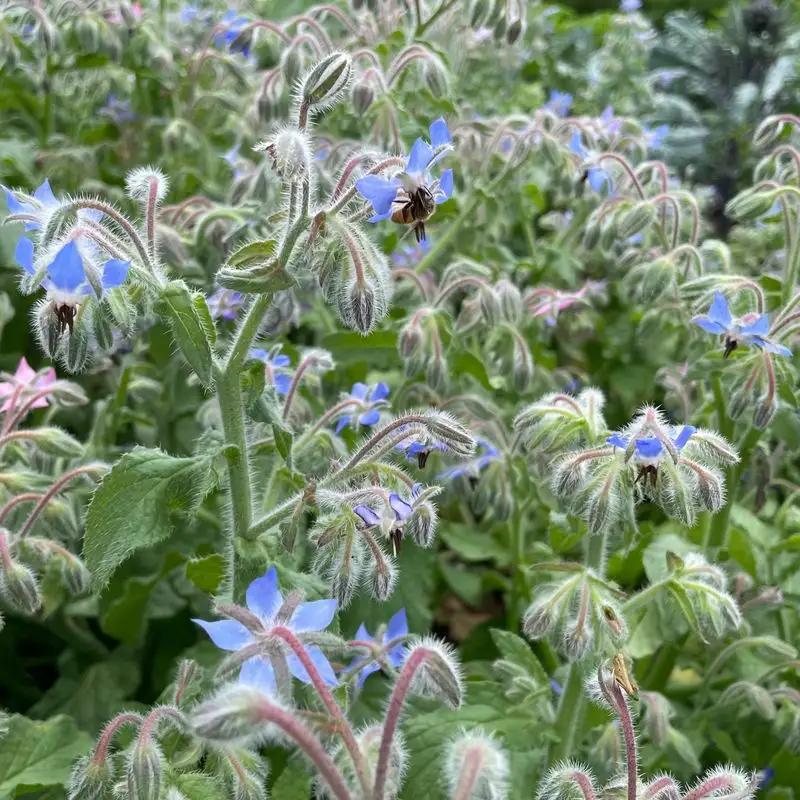
Borage is a powerhouse in the garden, known for its ability to attract pollinators like bees and deter pests. Its presence near spinach can enhance pollination and reduce pest pressures.
This plant is not only functional but also visually appealing with its striking blue flowers. Borage is easy to grow in a variety of soil types, making it a flexible choice for gardeners.
By including borage, you create a supportive environment for spinach, improving both plant health and garden aesthetics.
Chamomile
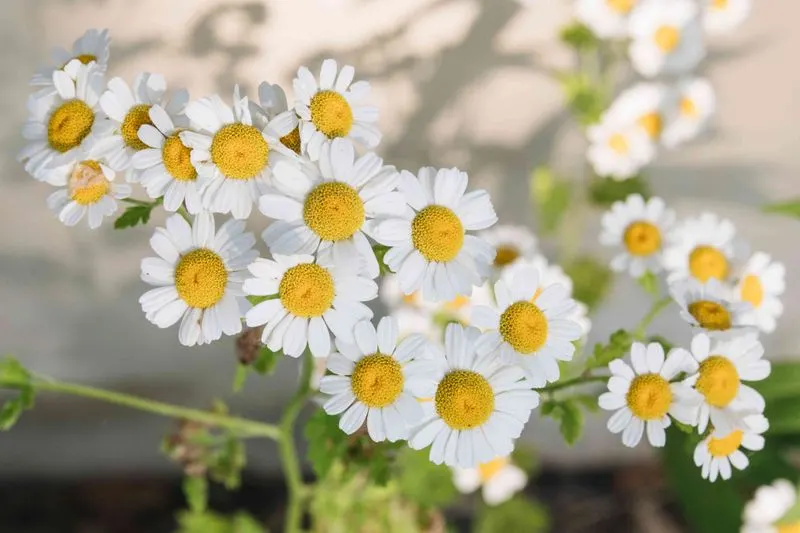
Chamomile’s calming aroma masks the scent of spinach, confusing pests and offering a natural form of protection. This herb is particularly good at deterring flying insects.
Besides its pest-repelling qualities, chamomile attracts beneficial insects and improves soil health. Its presence can lead to healthier spinach plants and a more balanced garden ecosystem.
Incorporating chamomile adds a touch of charm and functionality to your garden, supporting a thriving spinach crop.
Carrots
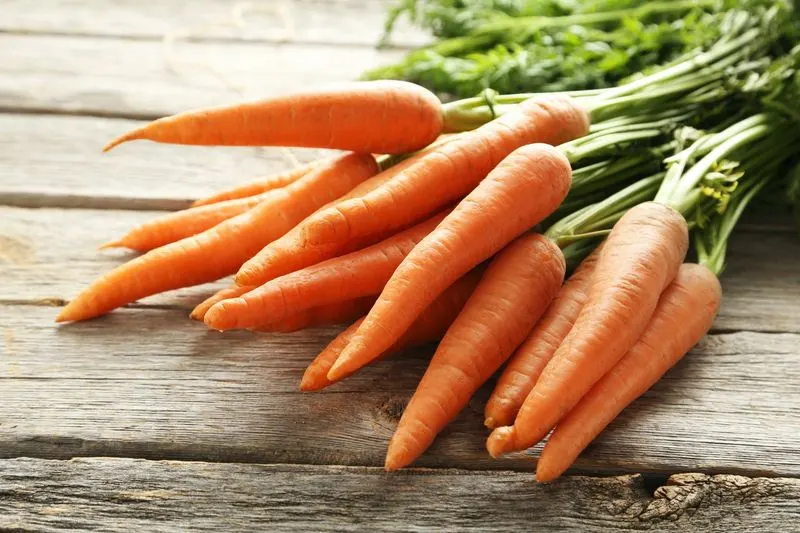
Carrots and spinach make excellent garden partners, as they occupy different soil levels—spinach above and carrots below. This arrangement minimizes competition for nutrients.
Carrots can help break up soil, improving aeration and drainage for adjacent spinach plants. The diversity also keeps pests at bay by confusing them with mixed scents and textures.
By pairing carrots with spinach, you optimize space and resources, leading to a healthier, more productive garden.

